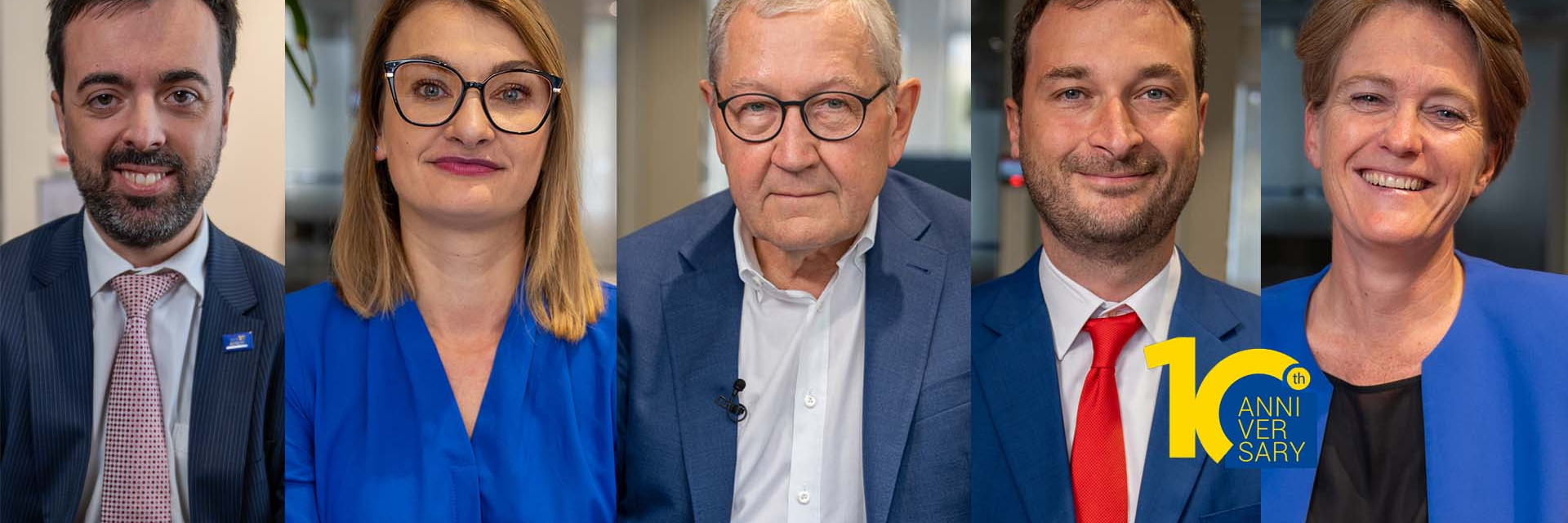ESM marks 10th anniversary
(Page published in October 2022)
Ten years ago, on 8 October 2012, the European Stability Mechanism formally began operating when the finance ministers of the euro area countries took part in the inaugural meeting of the ESM Board of Governors.
The ESM was created to safeguard financial stability of the euro area as a whole and of its Members. It replaced the temporary European Financial Stability Facility (EFSF), which was established in 2010.
During the euro crisis, the EFSF and ESM provided financial assistance to Ireland, Portugal, Spain, Cyprus and Greece. As part of their programmes, these countries implemented reforms to make their economies sustainable and competitive, and to restructure their banking systems.
The ESM is capable of adapting its toolbox of financial assistance instruments to help its Members avoid and overcome financial crises. During the Covid-19 pandemic, the ESM created the Pandemic Crisis Support instrument – a credit line available to support its member countries in financing direct and indirect healthcare costs related to the pandemic.
Since the ESM’s inception, its membership has grown from 17 to 19. Latvia and Lithuania joined the ESM in 2014 and 2015 respectively, following their accession to the euro area. [The number of members increased to 20 when Croatia joined the ESM in March 2023]
The ESM’s scope of tasks will expand once the revised ESM Treaty is ratified. The ESM will provide a backstop to the Single Resolution Fund, and will play a stronger role in crisis prevention and future economic adjustment programmes.


